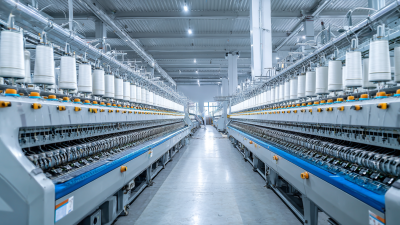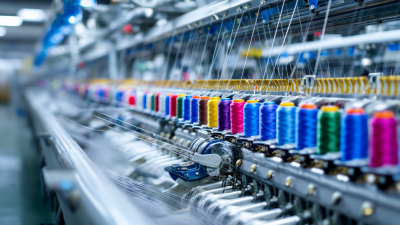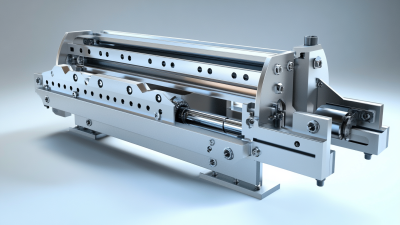Leave Your Message
The textile industry is undergoing a significant transformation, driven by advancements in technology and the increasing demand for automation. According to a recent report from Industry Research, the global automatic textile machinery market is expected to reach approximately $15 billion by 2027, growing at a compound annual growth rate (CAGR) of 5.3%. As businesses strive to enhance productivity and reduce labor costs, choosing the right Automatic Textile Machine has become critical. However, with a plethora of options available in the market, selecting the appropriate machinery can be daunting. It's essential for business owners to consider key factors such as efficiency, scalability, and technological compatibility to ensure they invest wisely.
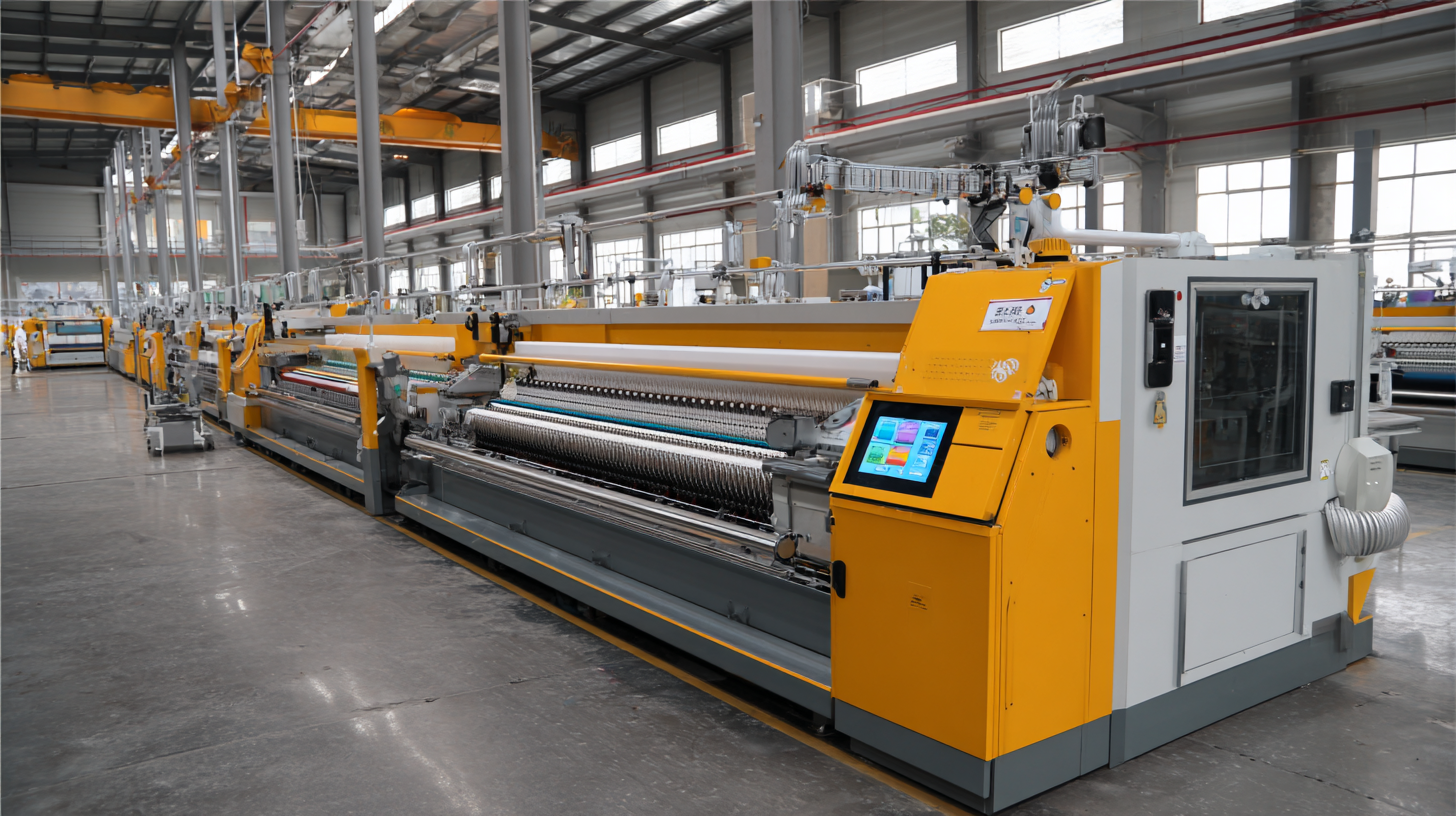
In this blog, we will explore five essential tips that will guide you in making an informed decision when purchasing an Automatic Textile Machine for your business, ultimately driving growth and sustainability in a competitive landscape.
When selecting an automatic textile machine, the first step is to thoroughly understand your business needs. Each textile operation is unique, whether you are focused on small batch productions or large-scale manufacturing. Consider the types of fabrics you will be working with, as well as the specific processes required, such as weaving, knitting, or dyeing. Analyzing the volume of production and potential growth can guide you in determining the machine specifications that can handle your current demands while accommodating future scalability.
Additionally, evaluating the level of automation required is essential to streamline operations effectively. If your business relies on skilled labor, a semi-automatic machine might be sufficient, while a fully automated system may be ideal for larger operations aiming to minimize labor costs and maximize efficiency. Furthermore, consider factors such as energy consumption, maintenance requirements, and the availability of technical support. By focusing on these aspects, you can ensure that the automatic textile machine you choose aligns perfectly with your operational goals and enhances productivity in your textile business.
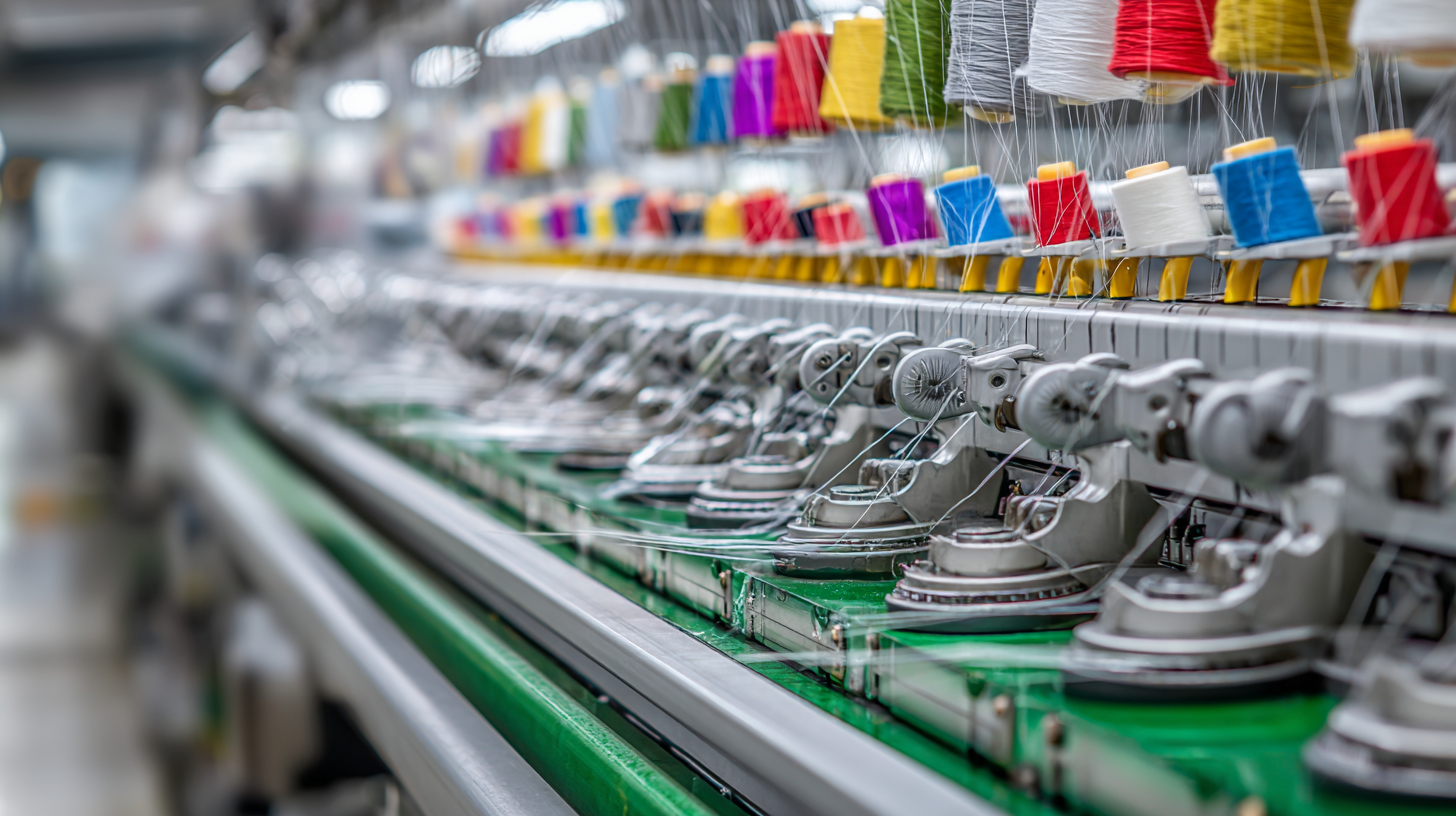
When considering the right automatic textile machine for your business, understanding the various types available is crucial. Automatic textile machines can be broadly categorized into several types, including weaving, knitting, and embroidery machines. According to a report by Mordor Intelligence, the global textile machinery market is projected to reach USD 31.5 billion by 2025, indicating a strong demand for these technologies across the industry. Each type of machine serves distinct functions that cater to different segments of the textile industry, from fashion apparel to technical textiles.
Weaving machines, for example, are essential for producing woven fabrics, while knitting machines focus on creating knitted garments. The global knitting machinery market alone is expected to grow at a CAGR of 8.2% from 2021 to 2026, reflecting a significant shift towards automation in this sector. Additionally, embroidery machines have seen a rise in popularity, driven by consumer demand for customized and intricate designs.
As businesses evaluate their options, it’s important to assess the specific requirements of their production processes and the types of fabric they aim to produce, ensuring they invest in the right equipment to meet market demands efficiently.
When selecting the right automatic textile machine for your business, it is crucial to assess key features and specifications that will optimize performance and sustainability. For instance, look for machines that offer energy efficiency, as reports indicate that optimizing energy consumption can reduce operational costs by up to 30%. Additionally, consider the machine's capacity and speed; the latest models can handle higher volumes while maintaining precision, crucial for meeting market demands without compromising quality.
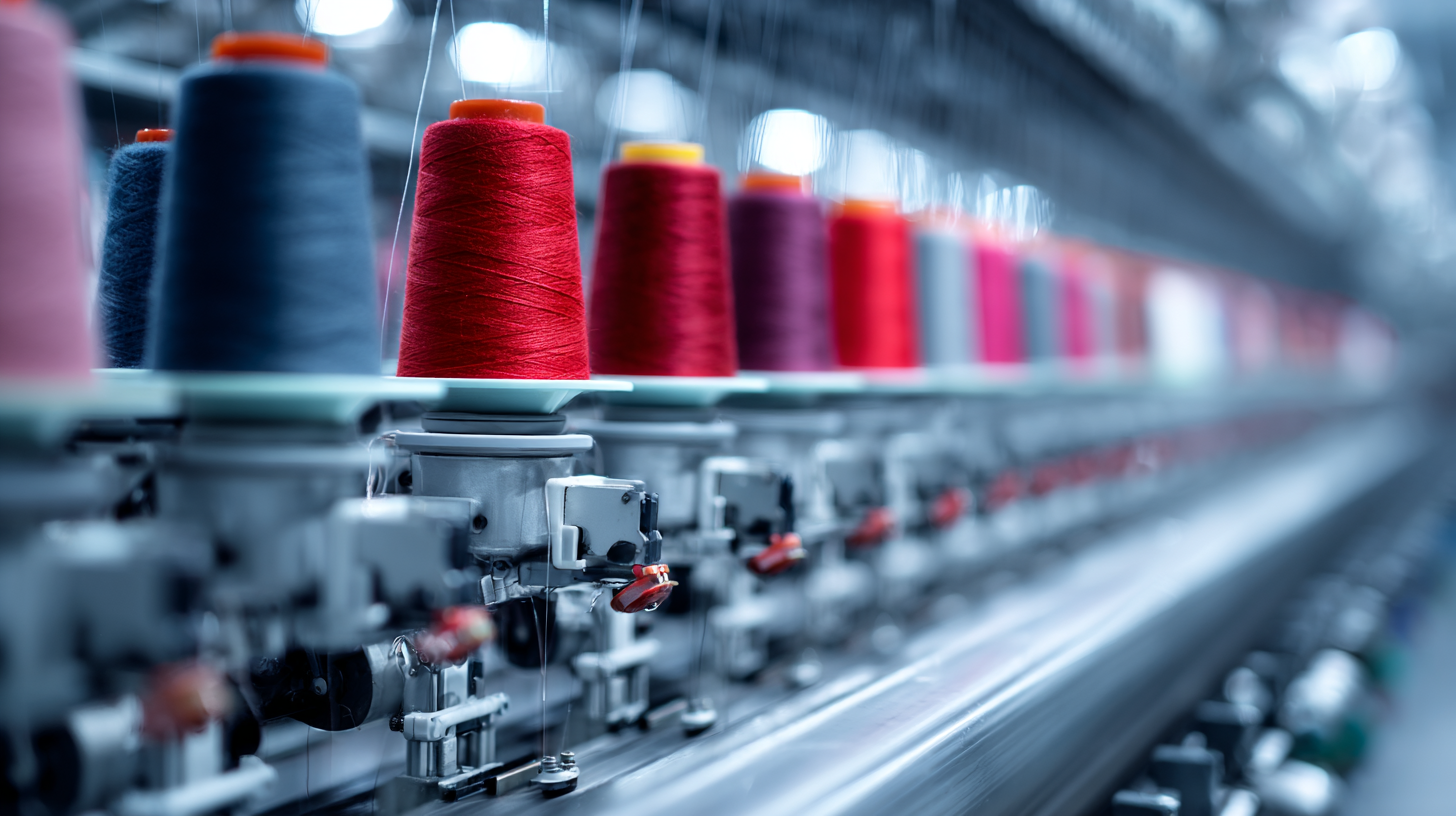
Tip 1: Evaluate the machine's programmability and versatility. Machines that support various fabric types and include advanced programming options can significantly reduce downtime between different production runs, allowing for greater flexibility in your operations.
Tip 2: Investigate the maintenance and support services offered. A robust support system ensures minimal disruption in operations, where performance evaluation can lead to predictive maintenance, enhancing the machine's longevity and efficiency, much like how performance optimization strategies in machine design can extend equipment life in other industries.
Incorporating these considerations will not only enhance your manufacturing process but also position your business for long-term success in a competitive market.
When it comes to investing in an automatic textile machine for your business, understanding the balance between cost and benefits is crucial. A common pitfall is focusing solely on the initial purchase price, but this perspective can lead to overlooking long-term advantages that a more expensive machine might offer. For instance, machines with advanced features may come with higher upfront costs but can significantly reduce labor, maintenance, and energy expenses over time. Evaluating the total cost of ownership, including these hidden costs, can provide a clearer picture of what makes for a sound investment.
Additionally, consider the specific needs of your textile operation. A machine that excels in producing high-quality outputs might have a higher price tag but can improve customer satisfaction and lower defect rates. This can result in higher profitability in the long run. Therefore, assessing the potential return on investment through metrics such as increased production efficiency and reduced waste can help justify higher expenditures. By carefully weighing these factors, businesses can make informed decisions that enhance their competitive edge in the textile market.
| Criteria | Description | Estimated Cost ($) | Long-Term Benefits | User Ratings (Out of 5) |
|---|---|---|---|---|
| Machine Reliability | Evaluate how consistently the machine performs without malfunctions. | 5,000 | Reduced downtime and maintenance costs. | 4.5 |
| Energy Efficiency | Consider machines that consume less energy to lower operational costs. | 4,000 | Savings on utility bills over time. | 4.7 |
| Ease of Use | Look for intuitive controls and straightforward operation. | 3,500 | Less training time for staff and increased productivity. | 4.6 |
| Technical Support | Assess the availability and quality of customer support. | 2,000 | Quick resolution of issues minimizing disruptions. | 4.8 |
| Scalability | Choose machines that can grow with your business. | 6,000 | Flexibility to adapt to market changes without major investments. | 4.4 |
When selecting an automatic textile machine for your business, one of the most critical factors to consider is the maintenance and support options available. Reliable support can significantly reduce downtime and ensure that your machinery operates efficiently. Before making a decision, research the machine's warranty and the manufacturer’s reputation for customer service. A company that offers extensive training and readily available technical support can make a substantial difference in your operations.
Additionally, it's advisable to evaluate the ease of maintenance associated with the machine. Look for models that come with user-friendly maintenance features and readily accessible parts. This will not only simplify routine upkeep but also enhance the lifespan of your equipment. Regular maintenance can prevent unexpected breakdowns, which is crucial in maintaining production schedules.
Furthermore, don’t underestimate the importance of a well-documented support system. Ensure that the manufacturer provides comprehensive manuals and online resources. Having access to troubleshooting guides and instructional videos can empower your team to address minor issues promptly, minimizing disruptions to your workflow.

